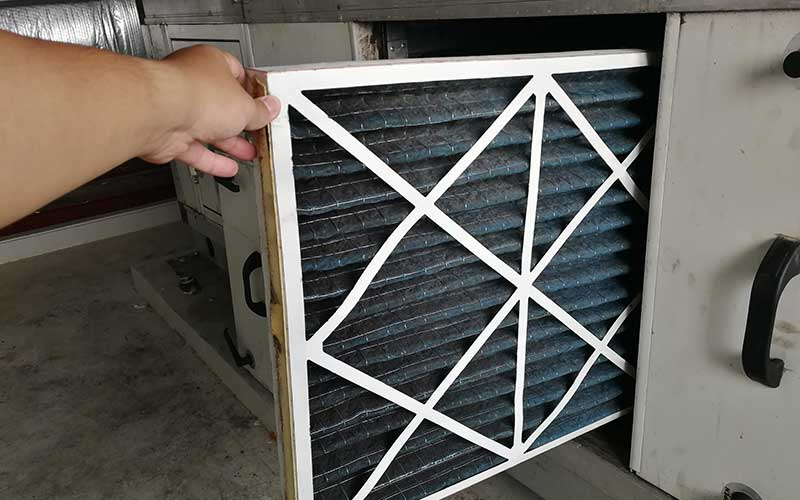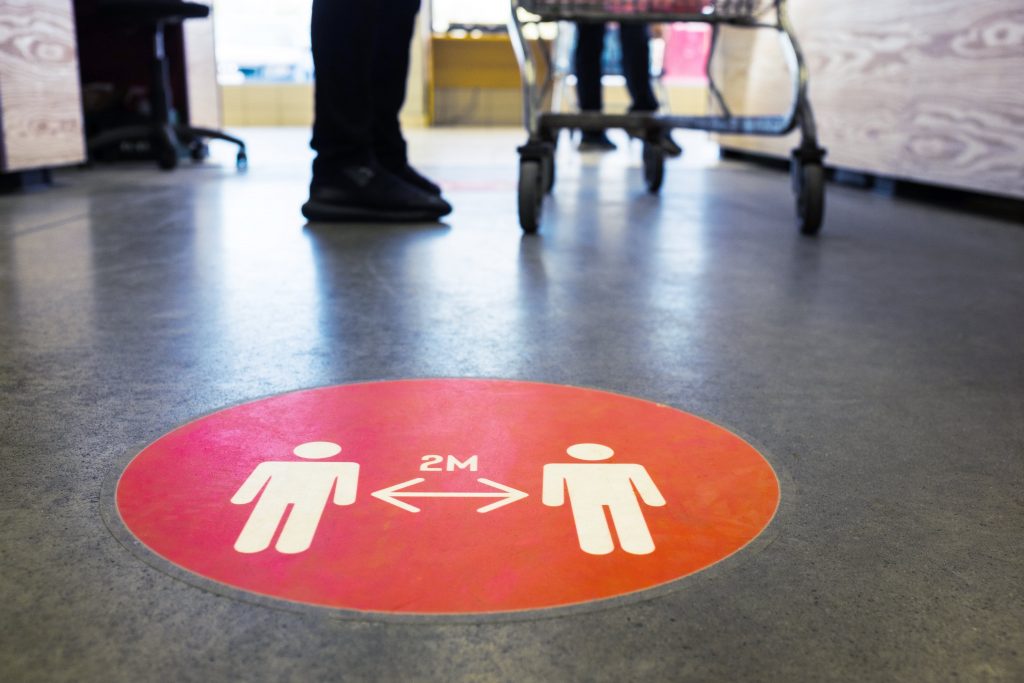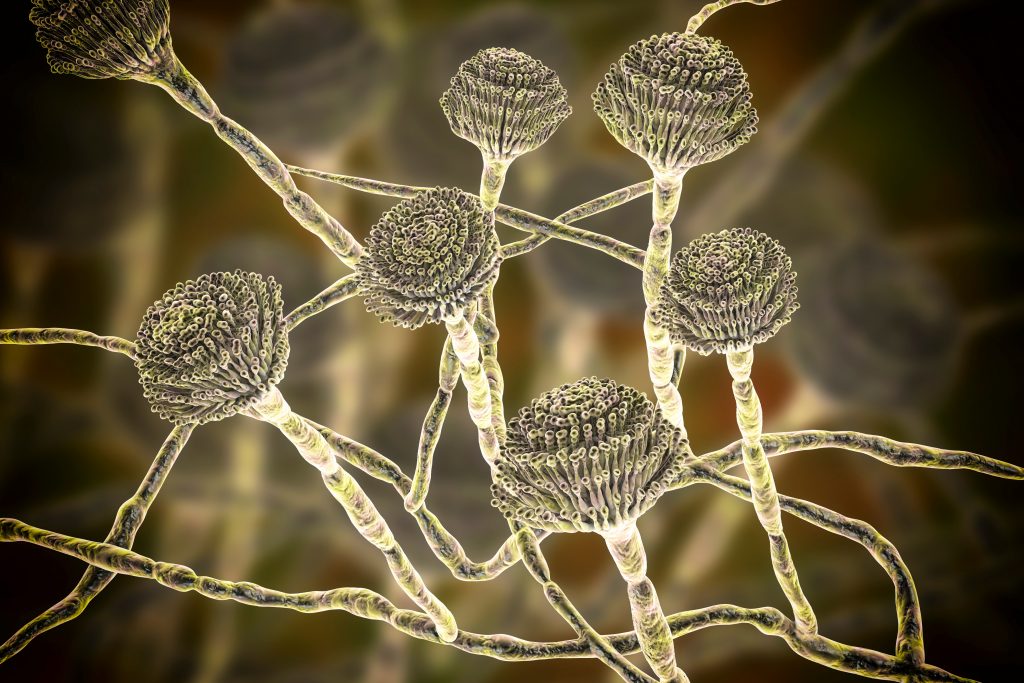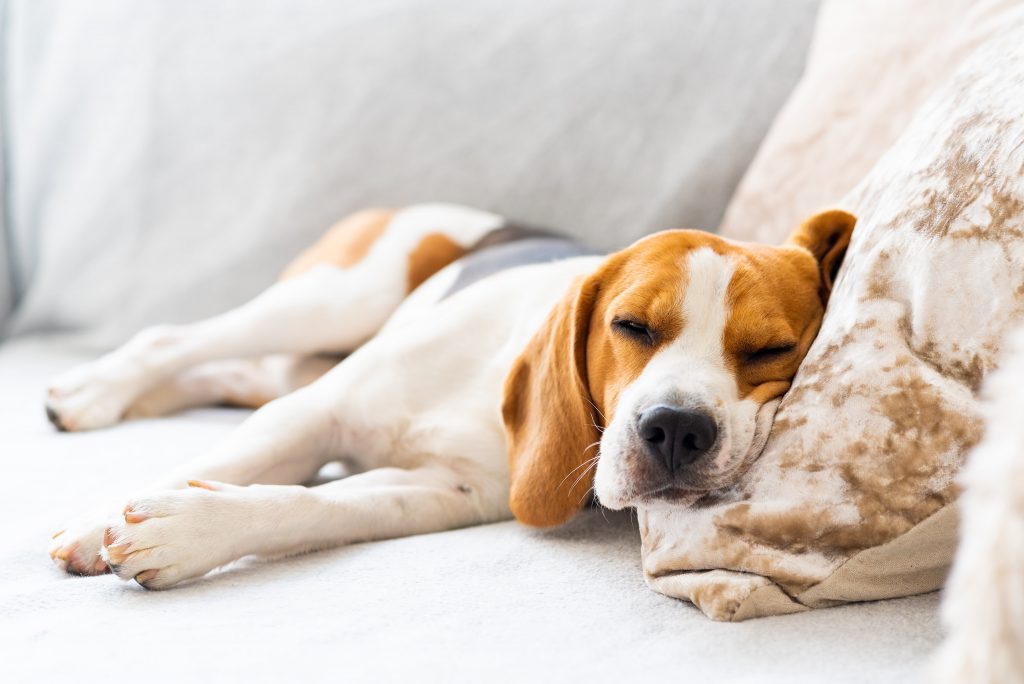
Welcome to the 5th edition of the Inivos Academic Digest for 2021, where our team share the most interesting and thought-provoking research across microbiology, personal protective equipment (PPE) and infection prevention and control.
Over May, significant research has been noted on the transmission of COVID-19 in the air and how to improve indoor air quality to reduce microbial infection rates. Papers were published in Scientific Reports, Environmental Research, Physics of Fluids and Aerobiologia. In addition, some published work emphasised the prevalence of SARS-CoV-2 among healthcare workers and patients as well as the risk of acquiring co-infections in COVID-19 positive patents. Also, one study investigated the household transmission of SARS-CoV-2 in dogs and cats. Papers were published in Frontiers in Microbiology, Microbial Pathogenesis, Viruses, and Diagnostic Microbiology and Infectious Disease.
The next challenge will be to further examine efficacy of ultraviolet light decontamination technologies. Papers were published in Environmental Research and the Journal of Hospital Infection.

Indoor air quality and SARS-CoV-2 transmission
One paper in the Scientific Reports1 journal assessed social distancing and the prevention of COVID-19 airborne transmission. The researchers found that particles can move up to 5m with a decrease in concentration in the direction of the air flow. They concluded that the 2m social distance recommendation from the WHO might be insufficient.
Correspondingly, one review in Environmental Research2 investigated the airborne transmission of COVID-19 through the HVAC systems. The included studies have demonstrated that the virus, with an average aerodynamic diameter up to 80–120 nm, is viable as aerosol in indoor atmosphere for more than 3 hours, and its spread may be assisted by the HVAC systems.

A review in the Aerobiologia3 journal summarised the available evidence of the fungal contamination in the indoor air of critical hospital areas. They analysed twenty-nine papers and they found that the indoor air of these areas, including paediatric/neonatal intensive care units (ICU), contained several fungal species, notably Aspergillus, Penicillium, Cladosporium, Fusarium, and yeast (Candida) species. The results emphasised the need to monitor environmental fungi more frequently and efficiently in hospitals, especially in neonatal ICUs.
One paper in the Physics of Fluids (1994)4 journal analysed the efficacy of box fan air cleaners that contain air filters with a standard minimum efficiency reporting value (MERV) of 13. The intervention was tested in a poorly ventilated classroom equipped with a single unit horizontal ventilator (HUV). Authors found that placing box fan air cleaners in the classroom resulted in a substantial reduction of airborne transmission risk across the entire space, and that it is more efficient in reducing aerosol concentration and spread in the classroom in comparison with raising the flow rate of HUV alone. They concluded that box fan air cleaners can serve as an effective low-cost alternative for mitigating airborne transmission risks in poorly ventilated spaces.
Prevalence and infectivity of SARS-CoV-2
A study in the Frontiers in Microbiology5 evaluated the stability and infectivity of SARS-CoV-2 and its viral RNA in water, commercial beverages and bodily fluids. The results showed that the infectious virus could be recovered up to 77 days from common beverages including milk and water. Viral RNA could be detected at high levels in all samples up to 28 days. However, viral RNA levels do not reflect the infectious capability of SARS-CoV-2. These results indicate that SARS-CoV-2 is highly stable in optimal conditions and a sufficient control measure is needed in reducing the risk of exposure and controlling and preventing future outbreaks.
The Diagnostic Microbiology and Infectious Disease6 journal published a study that evaluated the seroprevalence of SARS-CoV-2 infection in more than 3000 healthcare workers (HCW) of a teaching hospital in Belgium. The researchers found that the likelihood of seropositivity was higher in participants reporting any COVID-19 symptoms within the last 4 months. Being a female HCW, having a cohabitant who was infected with SARS-CoV-2, or a cohabitant who was a nursing home caregiver were independently associated with an increased risk of seropositivity. Working in a COVID-19 unit and being exposed to a SARS-CoV-2 infected co-worker resulted in higher seropositivity rate. They concluded that in-hospital exposure may play a significant role but their results highlighted increased infection risk most likely attributable to household contact.

One study in the Viruses7 journal evaluated the household transmission of SARS-CoV-2 in dogs and cats living with at least one infected person. They found that seven out of sixteen (43.8%) cats and seven out of fifty-nine (11.9%) dogs harboured SARS-CoV-2 neutralising antibodies upon initial sampling, with relatively stable or increasing titres over the 2–3 months of follow-up and no evidence of seroreversion. The majority (82.4%) of infected pets were asymptomatic. The researchers concluded that ‘reverse zoonotic’ transmission of SARS-CoV-2 from infected people to animals may occur more frequently than recognised.
A systematic review8 in Microbial Pathogenesis evaluated the available literature on microbial co-infection in patients with SARS-CoV-2. They found that the most identified co-pathogens of SARS-CoV-2 are bacteria such as Streptococcus pneumoniae, Staphylococcus aureus, Klebsiella pneumoniae, Haemophilus influenzae, Mycoplasma pneumoniae, Acinetobacter baumannii, Legionella pneumophila and Clamydia pneumoniae followed by viruses including influenza, coronavirus, rhinovirus/enterovirus, parainfluenza, metapneumovirus, influenza B virus, and human immunodeficiency virus. The cross-talk between co-pathogens (especially lung microbiomes), SARS-CoV-2 and host is an important factor that ultimately increases the difficulty of diagnosis, treatment, and prognosis of COVID-19.
Efficacy of UV light irradiation
A systematic review in the Journal of Hospital Infections9 evaluated the efficacy of UV light-emitting technology against coronaviruses including SARS-CoV-1, SARS-CoV-2 and MRES. Overall, the authors found that despite wide heterogenicity within included studies, complete inactivation of coronaviruses on surfaces or aerosolised, including SARS-CoV-2, was reported to take a maximum exposure time of 15 minutes and to need a maximum distance from the UV emitter up to 1 metre.
A performance study in the Environmental Research10 journal evaluated the efficacy of a sterilisation box that utilises both UV irradiation and heat. They found that the designed box was effective in damaging the proteins native structure indicating the effective inactivation of the SARS-COV-2. Furthermore, the incubation at 70°C for 15 min inside the chamber resulted in 100% antibacterial efficacy for the clinically relevant E.coli bacteria as well as for bacteria collected from daily use items. It is the first detailed performance study on the efficacy of using UV irradiation and heat together for disinfection of viruses and bacteria.




